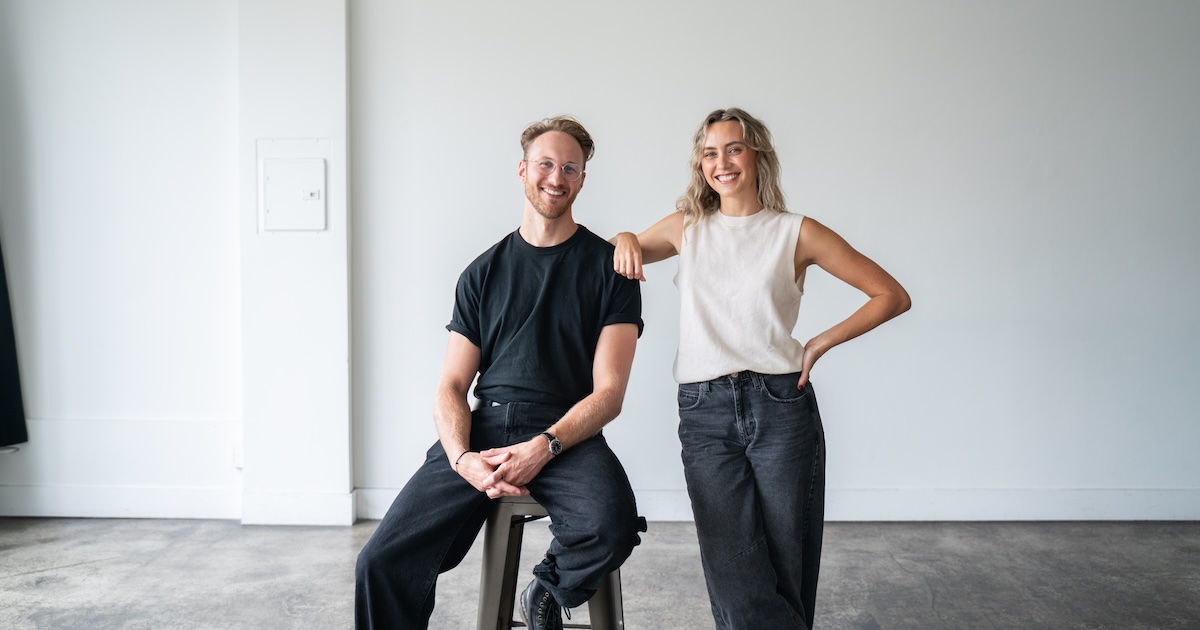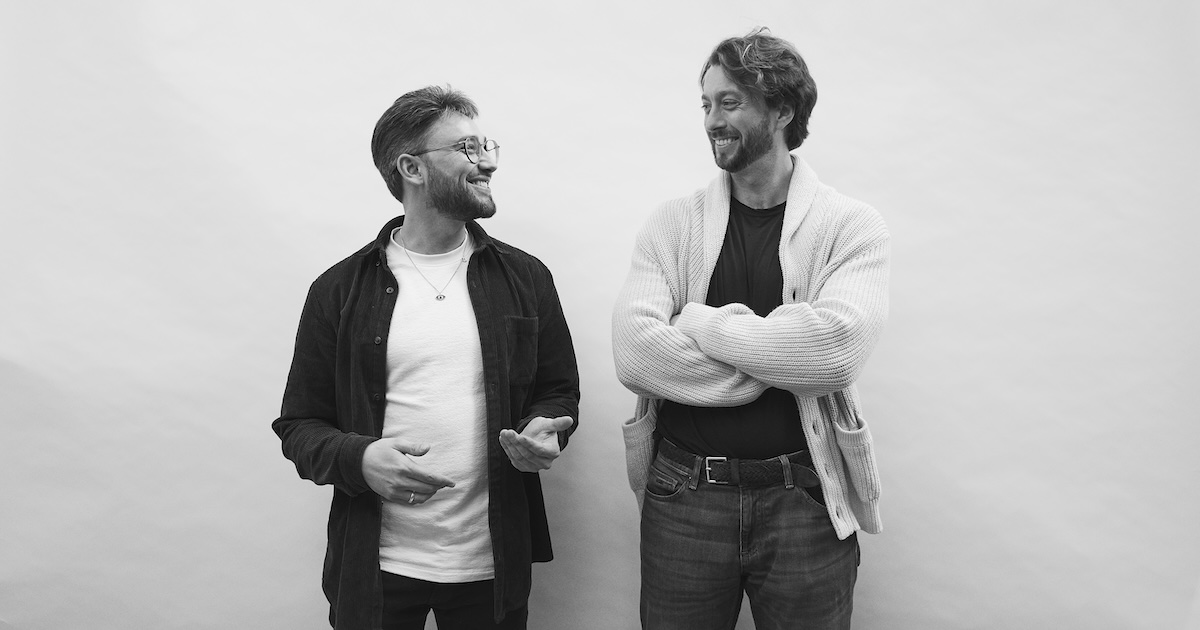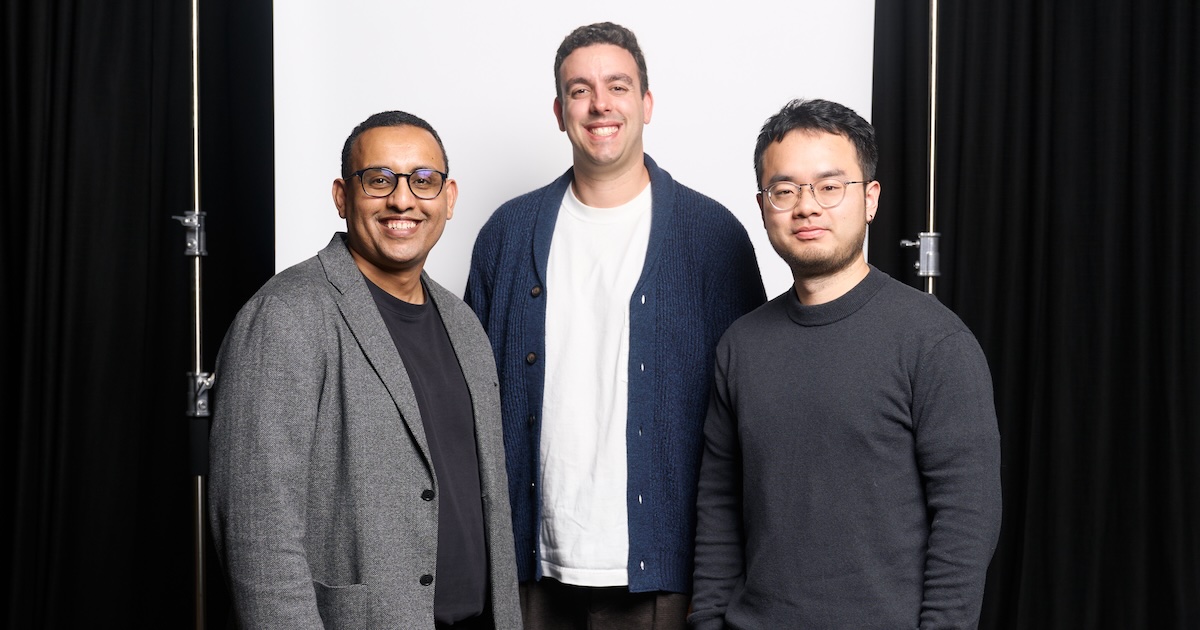
Startmate’s Diversity & Inclusion Efforts
Steps we have taken to improve Startmate's gender diversity.
Last year we made a decision to improve Startmate’s gender diversity. Gender is not the only minority group that needs focus, but we also couldn’t do everything at once so we focussed on this to begin with.
We decided upfront that we would not resort to quotas to achieve the goal. Instead, we took the following measures to help widen the top and middle of the funnel:
- refreshed our website;
- recruited more female mentors;
- ran in-person meetups and events with female entrepreneur groups; and
- ran an outbound sales-like process to target specific companies led by female-founders.
The result was a 70% increase of applications from gender-diverse companies, and a 50% increase in the number accepted.
We’ve catalogued below what we did, what worked and what didn’t so others can learn from our process.
On Quotas
We made an internal call that we could not and would not implement quotas. The reasons we felt this wouldn’t work are because:
- it is important to have, and to be seen to have, a purely merit-based selection process. If it were otherwise, the value of Startmate’s brand might be at risk. This might lead to a situation where the best founders would not want to join, mentors would stop investing and alumni would stop referring great founders, and the whole network would just break down.
- it would likely lead to resentment of the female founders from male founders — those who didn’t get accepted, as well as those who did.
- it undermines a female founder’s belief in themselves. It’s well documented that there is a confidence gap between male and female leaders with the same abilities. Sheryl Sandberg has pretty much written a whole book about it. Women don’t need another reason to say to themselves: “you don’t really deserve your success”.
- it would also require changing a critical thing that makes Startmate great. Mentors vote for companies on a democratic basis. Every mentor has an equal number of votes and only the teams with the most votes are accepted. The wisdom of the crowd has so far served us well in picking companies like Upguard, Bugcrowd, Happy Inspector, Flirtey and Propeller.Perhaps more than any other reason, we also had conviction that, if we got more gender diverse teams into the funnel, we wouldn’t need an arbitrary quota. We don’t believe amazing female founders are that rare. We were just doing a bad job of reaching them.
What we did
Sally-Ann Williams and @marieze at Google gave us support and ideas for how to go about this and for that we thank them.
Here is a list of measures we took to try to encourage more applications from gender-diverse teams to Startmate:
1. Refreshing our website
Our website was a dudefest. I can’t believe how bad it was, in retrospect.We still have improvements to make, but we immediately added two female founders from previous batches to the front page so now there is 50/50 representation on our homepage.
2. Recruiting new mentors
We made a deliberate effort to attract female mentors.Having role models you can relate to is a big drawcard for an accelerator. Female mentors are beacons for talented female founders who want mentoring and help with their startups.
We’re delighted that awesome leaders like Jodie Auster (GM, UberEats, Ex-VP People Ops, Thumbtack) Rachael Neumann (Ex-GM, Eventbrite), Sally-Ann Williams (Engineering & Community Outreach Manager, Google), Melissa Widner (General Partner, NAB Ventures), Andrea Kowalski (Investment Director, Bailador Ventures), Samantha Mostyn (Board Member Mirvac, Covermore, Transurban, Virgin Australia), Rebekah Campbell (Founder, Hey You), Rachel Overell (HR Director TubeMogul acq Adobe) and Eloise Watson (Investment Manager, Rampersand) have joined as new mentors.
3. Events
Startmate partnered with existing organisations who were already doing a fantastic job supporting the female entrepreneurial community to help distribute our message.
In the lead up to applications closing, I spoke at:
- a #shehacks hackathon in Melbourne;
- a panel on fundraising at a LMBDW meetup;
- a Startup Victoria Female Founders meetup; and
- Google’s Female Founder Meetup in Sydney.
We also posted to their Facebook groups and spread the word in their newsletters.
4. Outbound
We set ourselves the task of trying to think of every formidable female founder we’d met in recent months. We asked every mentor to do the same.
And then we sold them, hard.
It started off with a coffee to encourage them to apply. We were explicit that their businesses were on our radar, we thought they were fantastic founders and we wanted them to apply.
We learned what problems they were struggling with and introduced them to as many mentors and alumni as possible. Through advice or introductions, we tried to surround them with help.
We followed up, were persistent and humble.
The purpose was two-fold. One, to help them see the value before they’d even been accepted into Startmate. Two, to help mentors get to know them and become champions for them within the mentor group. This was particularly important because people from minority groups often lack the same access to networks as people from the majority, so we had to level the playing field in this respect.
5. Challenge your assumptions
While we wouldn’t change our quality criteria, we had to challenge ourselves on some previously steadfast rules.
Solo Founders
Previously, we had a no solo founder rule. This was because the conventional wisdom was that you needed at least 2 co-founders to be successful. There is simply too much work in a startup for one person. However, we had started to see examples in the Blackbird portfolio of exceptional solo founders who were not hampered by their lack of a co-founder. We’d also started to see data that contradicted that wisdom.
Instead, we asked ourselves: what will this company need to be successful during the program? What evidence is there that, despite being a solo founder, they have the resources they need?If we could be satisfied they had all the ingredients, we wouldn’t let this factor rule them out.
Non-Technical Founders
When Startmate launched in 2011, it was generally targeting teams with not much more than an idea. The small investment was intended to allow 2-ish people to focus full-time on building product and validating customer need, so technical skills were essential.
Fast-forward to 2016 and the program was now attracting teams that have non-embarrassing products in large markets and thousands of dollars in monthly recurring revenue. The focus for Startmate companies during the program became growth and fundraising rather than product-building.
So, rather than have a blanket non-technical founder rule, we said we would accept companies with non-technical founders if they had an MVP that was good enough to sell as is (evidenced by revenue, NPS scores and other indicia) and enough access to technical resources as was required to help sell the product.
In-Person Attendance
In the past, we mandated that all founders had to come to the co-working space at Cicada (formerly known as ATP Innovations) for the full duration of the program. That’s because 90% of the magic of the program happens when all the teams are co-located together. The intensive cross-transfer of knowledge, the emotional support and the friendly competitive pressure is a huge input to the acceleration companies experience during the program. We know it simply just does not work as well when co-founders are not co-located.
One of the companies that was high on our wishlist for 2017 was in an interesting position. One of the co-founders was due to give birth at the start of the program. She was intending to return to part-time work within a month or so of giving birth, but as she wasn’t from Sydney, she wasn’t going to be able to move to attend the Sydney part of the program in person. To their credit, they fully disclosed this situation well before applications closed.
Perhaps naively, we had not anticipated a situation like this coming up.
Accepting this company would mean bending one of the most fundamental beliefs we have about the value the program offers. Yet we had to recognise that women have children, and the timing of that may coincide with when the program runs. If we were serious about diversity, we had to be flexible about this rule.
To be clear, factors that made this decision easier were the fact that the other co-founder was willing to move to Sydney, they had hired two members to alleviate some of the workload of the co-founder going on maternity leave, and they already had a product and customers, so were past the most fragile, tender stage of a startup’s life. It also helped that they blew us away in their application and during interviews.
In the end, the call was a relatively easy one to make and to date we have been impressed at how both co-founders have adapted their relationship and team to the change in circumstances. We wouldn’t hesitate to make the same decision again.
The Results
I’m very pleased that 33% (2 of 6) of the current 2017 batch are companies with at least one female founder. This would have been higher, but one of the teams had a co-founder split prior to the program. This is a 50% improvement over the previous year, and double that of the 2015 batch.
It’s not where we would like it to be, but to make that progress from implementing a few simple measures is encouraging. I feel optimistic that we will hit parity soon.
Almost 70% more gender diverse companies applied this year as the year before, even though we had fewer applications overall.
The two companies who ultimately were accepted, Mentorloop and Flaunter, were the two companies led by a female founder that we had spent the most time with during the application process.
I truly think this factor — the time we spent with them prior to applications closing — made the most difference to the ultimate conversion event.
For the next cohort of Startmate companies, we are going to focus even more at the middle and bottom of the funnel. We want to make sure as many female-founder teams get in front of as many mentors as possible before applications close. We believe female founder office hours and direct outreach, perhaps on an even bigger scale, will make the difference here.
The wonderful thing is that Lucy, Heidi and Gaby will go on to become beacons for more talented female founders too, and this will ensure our diversity goals are self-sustaining.
I hope sharing this has been useful.









.avif)


